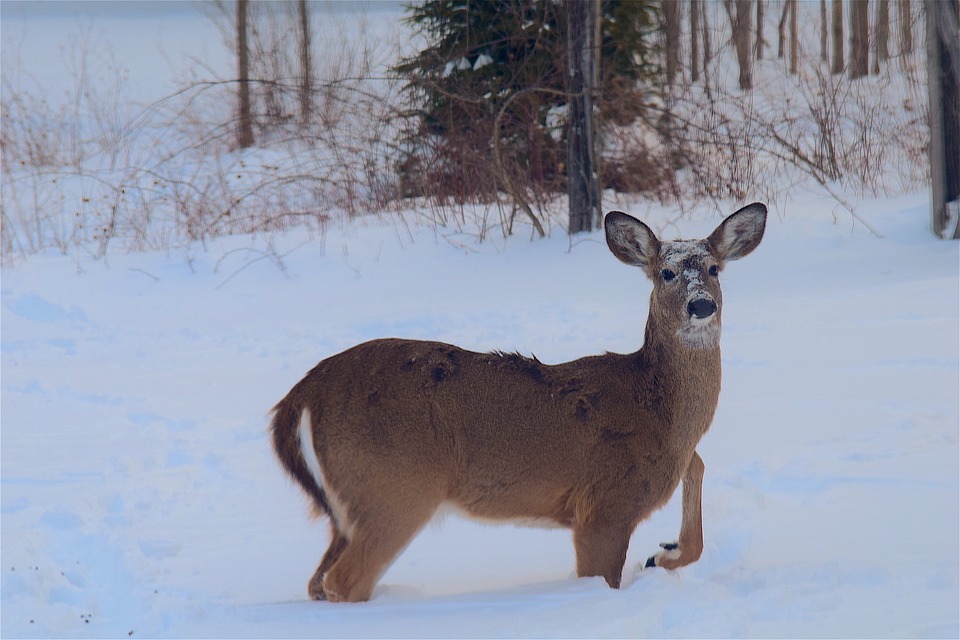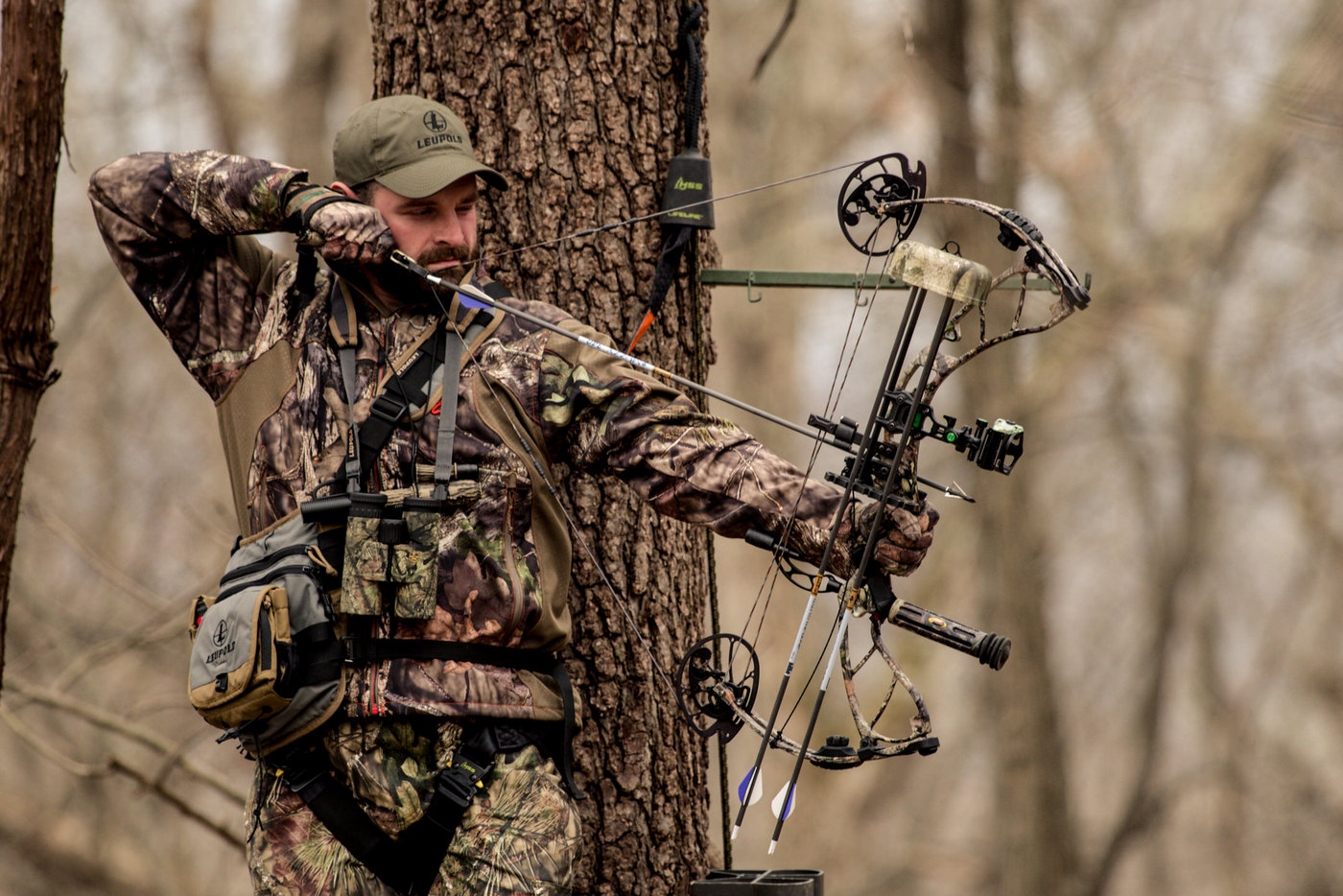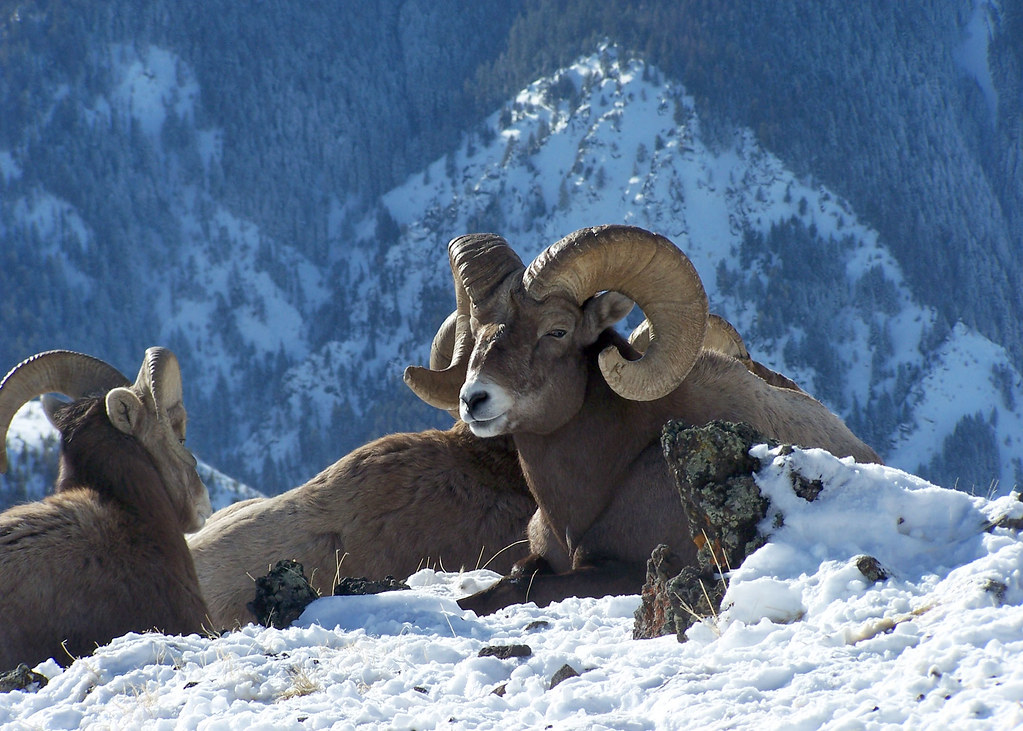Nearly half a million Minnesota firearms deer hunters are preparing for the season that opens Saturday, Nov. 9, 2019 and offers opportunity to spend time with friends and family, find adventure outdoors and put venison in the freezer.
Hunters help keep deer populations in line with population goals across the state, and wildlife managers report good opportunities to harvest deer. But they also caution hunters that scouting could be more important this year due to wet access and habitat conditions over the spring and summer.
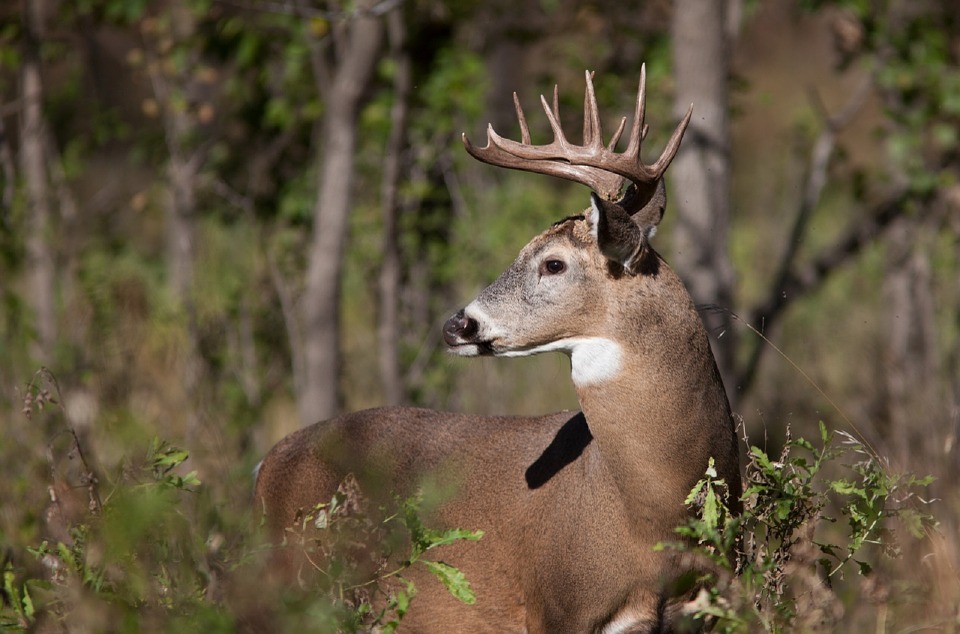
Hunters need to know the boundaries of the deer permit areas and any chronic wasting disease (CWD) zones where they hunt. Detailed information about each permit area and CWD zone can be found on the DNR’s interactive deer map.
Northwest Deer Report
John Williams, northwest region wildlife manager
A quick look at the 2019 deer permit area map shows a lot of opportunity for harvesting deer in the northwest region this year. Permit areas designated as intensive in 2018 (a three-deer limit) largely stayed the same in 2019, with the only exception being permit area 287 (Itasca State Park) going to a two-deer limit under the managed designation. Other permit areas have liberal hunting strategies, including increased lottery antlerless permit numbers or a change from hunters choice to managed designations. Only a couple of permit areas had more restrictive hunting strategies selected for the 2019 season.
The recent rains in the northwest will be an issue hunters need to contend with as the landscape is, and likely will be, very wet. Ditches and streams could be issues for access and hunters should keep in mind their footwear for hunting in wet conditions. These wet conditions also affect the ability to harvest crops, and standing corn can make it difficult for hunters to find and locate deer. Weather is always a factor in hunting, even when there are abundant deer on the landscape.
In any year, scouting prior to the season is a wise choice. Deer stands that were in good shape last year could be storm-damaged this year. Areas that were accessible under normal to dry conditions may require a different route in this year. In addition, making sure that your rifle or shotgun shoots true is worth that time on the range to give you the confidence to take a good shot. All this is better done before Nov. 9, and the sooner the better.
Northeast Deer Report
Angela Aarhus-Ward, northeast region wildlife manager
In the northeast region, the permit area designation map shows more lottery deer areas compared to last year and fewer antlerless permits for areas that were lottery last year. This represents a more conservative antlerless deer harvest strategy designed to provide hunting opportunities, while helping populations to grow and stabilize around previously established deer population goals for those permit areas.
The more conservative strategy is a result of lingering concerns over the effect of last winter on deer survival and fawn production. The DNR recorded elevated winter severity due to deep snow and prolonged winter conditions that lasted well into April, particularly in the northeastern part of the region where winter conditions were the most severe.
To the south, where winter was much milder, management designations stayed largely unchanged from 2018, allowing for more hunting opportunity in an effort to stabilize and in some cases further reduce local deer populations to goal levels.
New this year: In the middle of the state near Brainerd, disease management zone 604 contains all of former permit areas 242 and 247 along with parts of 155, 171 and 246. Zone 604 was created after a wild deer tested positive for CWD this past winter. Permit area 604 has unlimited antlerless harvest; mandatory CWD sampling during all deer seasons and carcass movement restrictions in effect. Deer feeding and attractant bans are also in place here.
Rain and wet conditions have persisted throughout much of the fall season. Hunters may find water in areas that are typically dry this time of year and forest road access may be difficult or impassable in some locations.
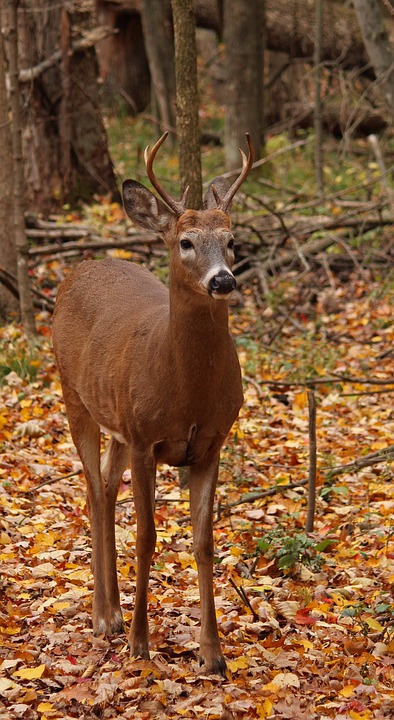 Central Deer Report
Central Deer Report
Jami Markle, central region wildlife manager
Deer populations are robust across the central region, and deer observations and sign (rubs and scrapes) are picking up considerably as fall conditions set in. Seasonal patterns and movements are sure to increase as the peak breeding time approaches. Fall color and leaf drop varied across the region by early October, from 20 percent at Whitewater Wildlife Management Area in the southeast to 70 percent in the north at Mille Lacs WMA.
Wildlife managers are reporting very good fawn production this year. Healthy body weight and condition can make it hard to discern fawns from yearlings in some cases. Hunters will see some does with single fawns as they head afield, and there will be plenty of does out there with two fawns as well.
It has been an average year for acorn production and other important forest nuts and forage. Deer are still focused on abundant natural foods, keeping them in the woods and along the forest edges. With a later frost this year and plenty of green browse to feed on, deer should be healthy going into the winter.
Archery harvest has been slow due to warm and very wet conditions during the early season, but is picking up in October. Saturated soils and flooded field roads have all but halted crop harvest, which could play into opening weekend strategy for hunters.
Opportunities abound for deer harvest in the central region with most permit areas designated as managed or intensive, allowing for the use of bonus antlerless permits. The metro permit area (701) and CWD management zone (600 series) are designated for unlimited antlerless harvest.
In southeastern Minnesota, deer permit areas within the CWD control and CWD management zones have unlimited antlerless harvest; mandatory CWD sampling during all deer seasons; and carcass movement restrictions are in effect. Deer feeding and attractant bans are also in place here.
Southwest Deer Report
David Trauba, southwest region wildlife manager
A deep snow pack in late winter resulted in reports of deer mortality – mostly fawns – over a large portion of southwestern Minnesota. As such, wildlife managers took a more conservative approach in setting antlerless permit numbers. We have learned through experience that tough winters do negatively affect deer even in southern Minnesota where deer food is not considered a limiting factor.
In years following severe winters, managers take a more conservative harvest strategy. By being conservative in antlerless permit numbers, we can hold deer densities stable and maintain an increasing trend across most permit areas. The good news is that overall, most deer densities remain at goal level across the region.
The conservative strategy meant that 2019 antlerless permit levels remained the same across most deer permit areas as in 2018. Only two permit areas offered fewer antlerless permits (275, 294) as managers felt the overall population trend was moving downward. Two permit areas offered a modest increase in antlerless permits (289, 291) and cited an increasing population trend along with a good habitat base as reasons to be more liberal in permit numbers. Three deer permit areas remained as hunter choice (281, 290, 230) due to abundant deer habitat especially in the Minnesota River corridor along with most land in private ownership.
The true wild card entering the firearm deer season will be the continued trend of abundant rainfall and river flooding. Hunters will encounter and notice hundreds of thousands of acres of unplanted fields across the southern region. In addition, many traditional food plots on our state WMAs did not get planted or were planted to alternative crops. This has the potential to shift deer use especially later in the year.
All major river systems have flooded out multiple times. This has had an impact on the floodplain habitat base that is often viewed as the best habitat corridors. Because the habitat base has changed this year, hunters are going to need to scout and adapt to altered habitat conditions. This is true in all years, but more so in 2019.

